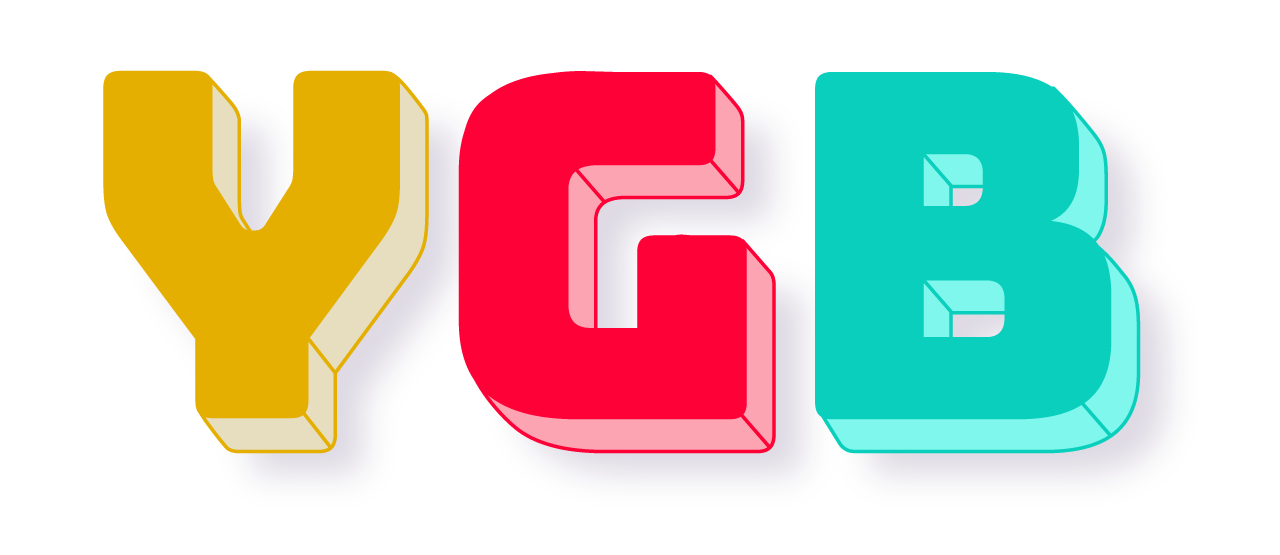Game-based learning and gamification… What does it all mean?
As the world and technology continues to change at a really fast pace, we have to learn how to make the most of it. One major way people are taking advantage of new technology is to revolutionize learning! E-learning using gamification and game-based learning is the future, but as much as you may have heard these educational buzzwords, what do they mean?
Gamification vs. Game-Based Learning
These are two words that you might hear used in the same way, however, they aren’t exactly the same. Though game-based learning almost always contains a lot of gamification, gamification doesn’t have to include an actual game. Though that seems confusing at first, let’s break it down and give some examples!
Gamification Explained
Gamification, in terms of learning, just means adding motivation in the form of game-like elements. This could mean competitions, challenges, points, levels, or leader boards that help motivate learners to participate in activities and to be more engaged in their learning.
Let’s look at some examples:
If a teacher is trying to get their students more engaged in reading, they can give out “points” to students per book read, which will help them earn a place on the leader board. The kid with the most books read will be first, the second most read books second, and so on. This competitive challenge gets kids more motivated to read and see themselves go up on the leader board.
Teachers can also create levels that students can pass depending on the number of books that they have read. If they wanted to add in a pop culture element like Star Wars it could look like this:
Students could get their “ranking” on their desk or be given a sticker or badge to wear. This gives students an extra feeling of accomplishment when they pass each milestone, or “level” and become a more desirable character.
The teacher could even combine the two to help students participate in some friendly competition, but also feel happy with their own individual progress to each new level!
Game-Based Learning Explained
Game-Based learning is, on the other hand, an actual game that students play in order to learn and/or practice learning material.Wwhether this is a board game, live in-class game, or an online game, students must use knowledge to play each part of a game.
Examples of this can be found all over the internet. Math games where students have to solve math problems to advance levels, navigate a maze to the correct word from a given definition while avoiding bad guys, drag and drop words to the right image or definition against the clock, and more.
Now most game-based learning has gamification in it, because students get points or pass levels as they achieve their goals. This means they both have fun playing the actual game, and get a sense of achievement from their points and passing new levels. They also get instant feedback, because when you get something wrong it usually means a loss of points or maybe “in-game death” where they will have to restart and try again.
Advantages of Game-based Learning
Game-based learning has a lot of pros. To list a few:
Engagement and Motivation
Kids Have Fun
Immediate Feedback
Skill Development
Problem Solving
Retention and Recall
Personalized Learning
Collaboration and Social Interaction
Real-World Applications
Saves Teachers Time in Preparation and Grading
And more!
Does Game-Based Learning Work?
The exciting thing is that we are seeing great promise from this new way of learning. Studies show that game-based learning works and that gamification is really helpful for motivation of learners!
Not only does this style of teaching help kids break out of the normal routine of listening to the teacher, writing notes, and completing assignments, it also helps students be more engaged in subject matter and often even helps them to learn it better. Also, kids just really enjoy it!
The YGBVERSE and Game-Based learning
The YGBVERSE is going to be a revolutionary game-based learning platform rooted in STEM! We are determined to help kids engage with STEM subjects in new and exciting ways to help them realize STEM subjects aren’t as unapproachable as they might think! Learn more about us and to see our progress by following us on social media and signing up for our mailing list.




